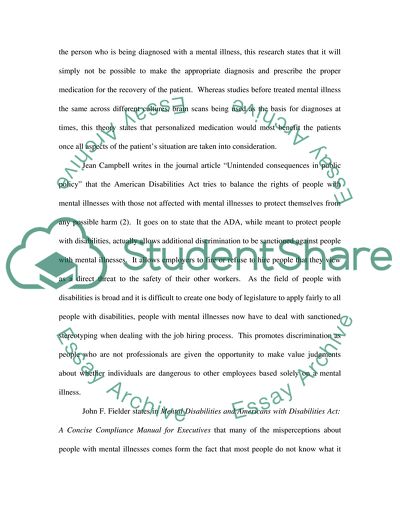Cite this document
(Mentally Ill People and Their Re-Introduction Into the Workforce Article, n.d.)
Mentally Ill People and Their Re-Introduction Into the Workforce Article. https://studentshare.org/health-sciences-medicine/1712837-a-critical-review-of-tsang-et-al-2007
Mentally Ill People and Their Re-Introduction Into the Workforce Article. https://studentshare.org/health-sciences-medicine/1712837-a-critical-review-of-tsang-et-al-2007
(Mentally Ill People and Their Re-Introduction Into the Workforce Article)
Mentally Ill People and Their Re-Introduction Into the Workforce Article. https://studentshare.org/health-sciences-medicine/1712837-a-critical-review-of-tsang-et-al-2007.
Mentally Ill People and Their Re-Introduction Into the Workforce Article. https://studentshare.org/health-sciences-medicine/1712837-a-critical-review-of-tsang-et-al-2007.
“Mentally Ill People and Their Re-Introduction Into the Workforce Article”. https://studentshare.org/health-sciences-medicine/1712837-a-critical-review-of-tsang-et-al-2007.


